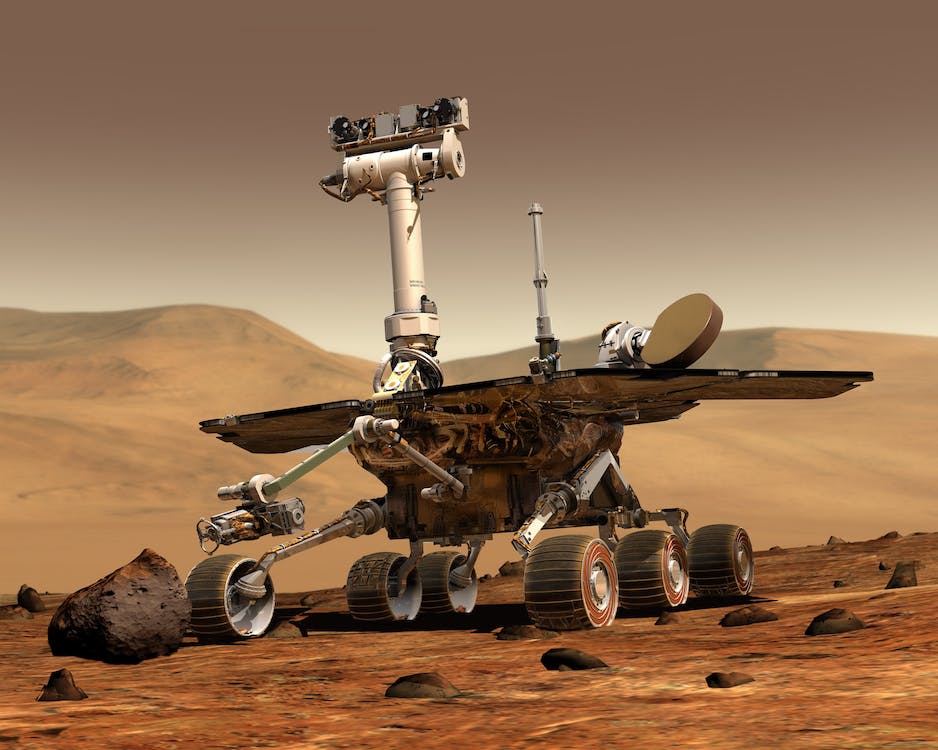System and Decision Analysis is a key process in engineering that involves the thorough examination and understanding of how different systems operate and interconnect. It encompasses making informed decisions about system designs, manageability, and upgrades, based on various inputs such as performance metrics, functionality, reliability, and cost. The capability to process large amounts of data and analyse it critically is integral, facilitating effectiveness and strategic decision-making within system engineering.
Table of Contents
- System and Decision Analysis: Unveiling the Core Activities
- Case Study: Implementing System and Decision Analysis in NASA’s Mars Rover Mission
- Frequently Asked Questions
- 1. What is System and Decision Analysis?
- 2. What are the key activities in System and Decision Analysis?
- 3. Why is it essential to prepare for system engineering decisions?
- 4. What does performing system analysis involve?
- 5. How is decision information analysed?
- 6. How crucial is the role of a system engineer in making and managing SE decisions?
System and Decision Analysis: Unveiling the Core Activities
1. Preparing for System Engineering Decisions
Before plunging into the decision-making process, rigorous preparation is a chief necessity. It involves formulating a detailed understanding of system requirements, analysing potential risks and benefits, and gauging the overall impact of key decisions.
Imperatively, a systematic evaluation of all possible system concepts and corresponding trade-off studies pave way for a rational and balanced decision making. Moreover, an in-depth examination of external factors such as environmental impacts, stakeholder needs, and system lifecycle is also crucial to ensure the feasibility and sustainability of the system.
2. Performing System Analysis
Executing system analysis is a multidimensional task. It begins with defining system requirements, where one identifies the operational tasks and performances that the proposed system should cater to. Considering factors such as efficiency, safety, reliability, and maintainability form the technical performance measures (TPM).
Following this, the developed requirements are transformed into representative system models. These models act as symbolic representations of the system, enabling system engineers to analyse, describe, and predict the system’s future behaviour.
A third pivotal activity in performing system analysis is sensitivity analysis, where the system is subjected to various changes to observe how sensitive its outcomes are to alterations in input parameters. This is a critical tool for identifying fragile areas in the system design and determining which variables may pose significant risks if modified.
3. Analyzing Decision Information
Analyzing decision information involves the evaluation and interpretation of the accumulated data after the modeling and sensitivity analysis phase. System engineers examine this representational data to identify patterns, potential issues, and measurable opportunities for improvement.
It also involves conducting cost-effectiveness analysis and risk assessment. The engineer needs to evaluate the overall cost of implementing the system against its expected benefits. It is crucial to ensure that the result is a system that can yield the desired performance and still remain within the allocated budget.
4. Making and Managing SE Decisions
Once the analysis process is complete, the system engineer will make crucial decisions based on the objective circumstances and considerations such as business requirements, user experience, project limitations and other critical factors. It’s prudent to document all decisions meticulously and transparently to facilitate future references and also to ensure accountability.
Managing the decisions is another critical aspect which involves monitoring the implementation of these decisions and their impacts, handling change management, and revising the decisions if necessary based on real-time performances.
In essence, System and Decision Analysis is the backbone of system engineering. It steers the profession towards the development of efficient systems that strike a balance between performance and practicability. Not only does it facilitate informed decision-making, but it also ensures system sustainability. Therefore, mastering these activities forms the quintessence of becoming a system and decision analyst.
Embrace the discipline of System and Decision Analysis, and you shall witness the power of systematic thinking and methodical approach, shaping and improving the world of systems every passing day.

Case Study: Implementing System and Decision Analysis in NASA’s Mars Rover Mission
The National Aeronautics and Space Administration (NASA) stands testament to the effective implementation of System and Decision Analysis in its missions. One such feat is the Mars Rover Mission. The mission objective was to land a rover on Mars that would perform geological studies to explore the possibility of microbial life.
Challenges
The biggest hurdles faced were the incredibly strenuous environmental conditions of Mars and the communication limitations due to the significant distance from Earth. Furthermore, launching, cruising, and landing the spacecraft on Mars demanded absolute precision and timing, bearing no room for errors.
Application of System and Decision Analysis
During the preparation phase, exhaustive reviews of mission objectives and requirements were conducted. Plausible mission concepts were evaluated, subject to stringent environmental analyses, payload capacity considerations, planetary protection requirements, and performance trade-off studies.
Embracing system analysis, NASA developed a detailed system model to anticipate the rover’s behaviour in Mars’ extreme environment. It involved thermal modelling, payload capability representations, energy consumption predictions, and an analysis of navigational and landing systems.
Sensitivity analyses were performed, subjecting these models to various operating conditions to narrow down on the most efficient and robust design configurations. Simultaneously, it served to spot vulnerabilities in the system and contingencies were put in place to deal with them effectively.
Finally, an extensive decision analysis process was carried out. Risk assessments, cost-effectiveness analyses, and feasibility studies guided the control center’s decisions. Balance was kept between science objectives, project risks, budget, and technical limitations to define the best mission strategy.
Overcoming Challenges
When the rover commenced its surface operations, it faced unanticipated challenges, such as dust storms and temperature extremes, impacting the power produced by the rover’s solar panels. The embrace of flexibility within the mission management strategy, along with the robustness of the initial decision-making process and the efficiency of the system in place, allowed a swift recalibration of mission operations.
Frequently Asked Questions
1. What is System and Decision Analysis?
System and Decision Analysis is a process in engineering involving the meticulous examination of systems to understand their functionality, relations, and operational dynamics. It aids in making informed decisions regarding system designs, management, and enhancements, considering performance, functionality, reliability and cost metrics.
2. What are the key activities in System and Decision Analysis?
The principal activities encompass preparing for system engineering decisions, performing system analysis, analysing decision information and, finally, making and managing system-engineering decisions.
3. Why is it essential to prepare for system engineering decisions?
Preparing for system engineering decisions is crucial to understand system requirements, potential risks, and benefits. It involves formulating a comprehensive understanding of the possible system concepts, trade-off studies and external factors such as environmental impact, stakeholder needs, and system lifecycle. Such preparation ensures the system’s feasibility and sustainability.
4. What does performing system analysis involve?
Performing system analysis involves defining system requirements, creating representative system models, and running a sensitivity analysis. The process aids in identifying operational tasks, potential risks, and key performance indicators necessary for a high-functioning system.
5. How is decision information analysed?
Analyzing decision information entails evaluating and interpreting accumulated data from the modeling and sensitivity analysis phase. It helps in conducting cost-effectiveness analysis and risk assessment, identifying patterns and potential issues, and discovering measurable opportunities for improvement.
6. How crucial is the role of a system engineer in making and managing SE decisions?
The system engineer plays an integral role in making and managing SE decisions. Upon completion of the analysis process, the engineer utilises objective and subjective criteria to make crucial decisions that are documented transparently. Management of these decisions involves monitoring their implementation, handling change management, and revising decisions if necessary, based on real-time performances.







